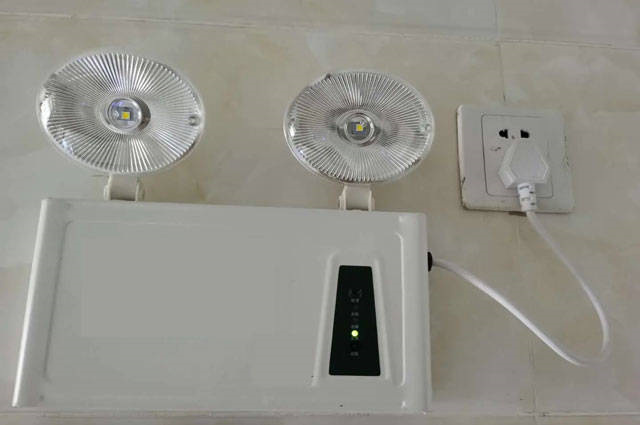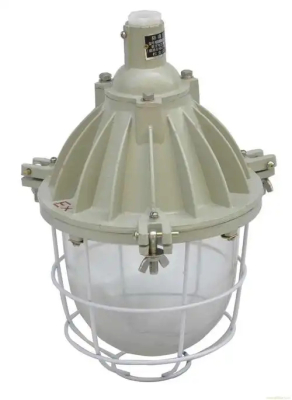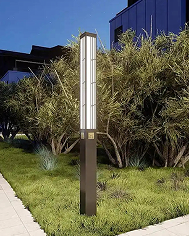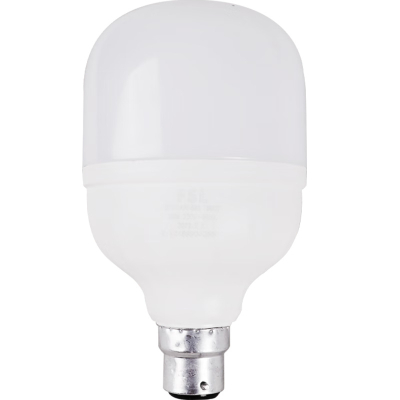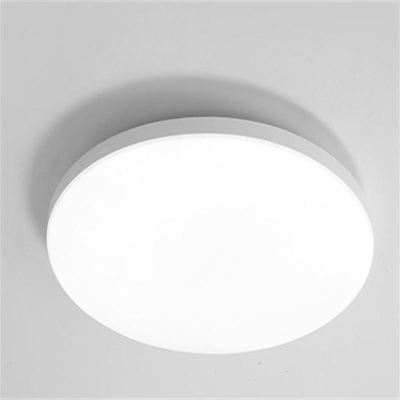Emergency Light
Emergency lights are a critical safety device designed to provide illumination during power outages or other emergency situations. They are commonly found in buildings such as offices, hospitals, schools, hotels, and public facilities to ensure the safety of occupants by enabling them to evacuate or continue essential activities when the normal lighting system fails.
The housing of an emergency light is typically made of durable and fire - resistant materials. Materials like high - impact plastic or metal alloys are often used. The plastic housing is usually lightweight and can be molded into different shapes, while metal alloy housings offer greater durability and heat dissipation. The housing is designed to protect the internal components from physical damage, dust, and moisture.
It also has a sealed design to prevent the ingress of water and other contaminants. High - quality gaskets are used around the edges and openings to ensure a tight seal. In some cases, the housing may have a self - extinguishing or flame - retardant coating to enhance fire safety.
The light source in emergency lights can vary. LED (Light - Emitting Diode) technology is the most commonly used nowadays due to its numerous advantages. LEDs are energy - efficient, have a long lifespan, and provide bright, consistent illumination. The LED module consists of multiple LEDs that are carefully arranged to achieve the desired light output and distribution pattern. The color temperature of the LEDs is usually chosen to provide a clear and visible light, often in the range of cool - white to daylight - white.
In some older or less - advanced emergency lights, incandescent bulbs or fluorescent tubes might still be used. However, these are being phased out due to their lower energy - efficiency and shorter lifespan compared to LEDs.
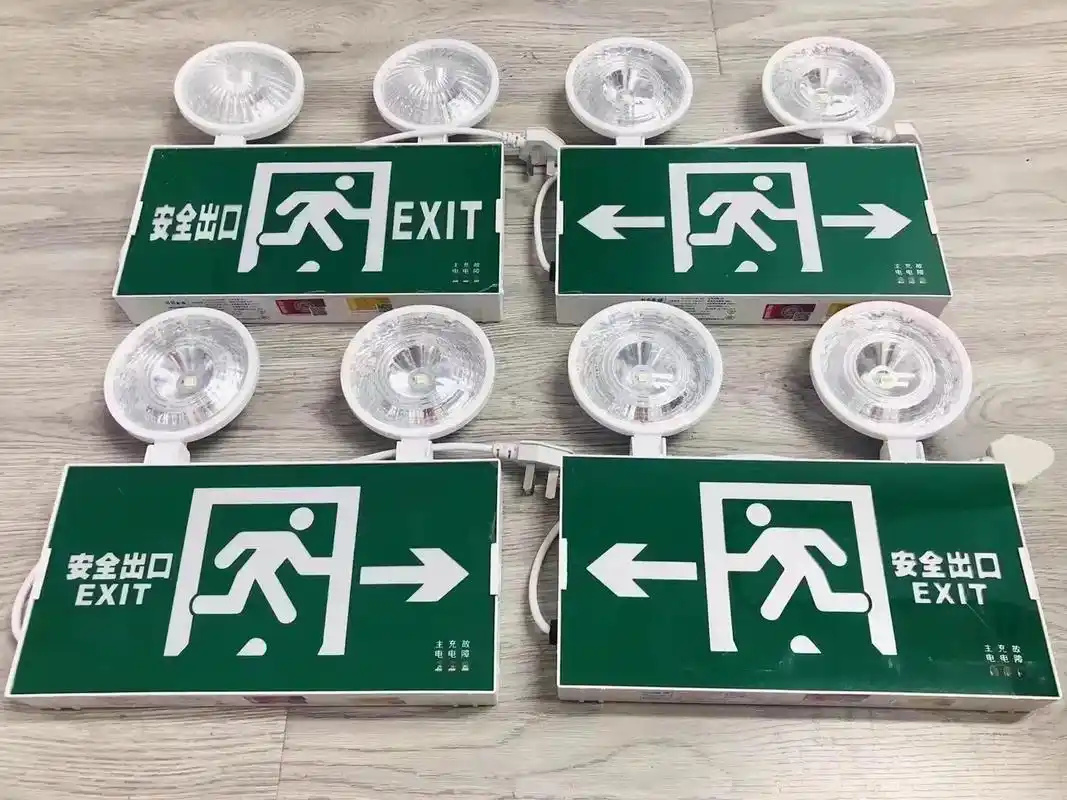
A reliable battery system is a crucial part of an emergency light. The most common types of batteries used are sealed lead - acid batteries, nickel - cadmium batteries, and lithium - ion batteries. Lithium - ion batteries are becoming increasingly popular due to their high energy - density, longer lifespan, and better performance in different temperature conditions.
The battery is housed in a separate compartment within the emergency light. This compartment is designed to protect the battery from overheating, short - circuits, and other potential hazards. It also provides a means of connecting the battery to the charging circuit and the light source. Some battery compartments have ventilation systems to dissipate heat during charging and discharging.
The charging circuit is responsible for recharging the battery when the normal power supply is available. It converts the AC voltage from the mains power to the appropriate DC voltage for charging the battery. The charging circuit also includes features such as over - charge protection, which prevents the battery from being damaged by overcharging.
The controller manages the operation of the emergency light. It monitors the power supply status and decides when to switch on the light source. When the normal power fails, the controller quickly activates the light source, using the power from the battery. Some controllers also have additional functions such as dimming control, testing modes, and battery - status indication.
Emergency lights come in various mounting options to suit different applications. They can be wall - mounted, ceiling - mounted, or free - standing. Wall - mounted emergency lights are usually attached to the wall using screws or brackets. The mounting brackets are designed to be strong and stable to hold the weight of the light and withstand any vibrations or impacts.
Ceiling - mounted emergency lights are installed in a similar way, often recessed into the ceiling for a more aesthetic look. Free - standing emergency lights are typically used in areas where wall or ceiling mounting is not possible or practical. They usually have a stable base to prevent tipping over.

During normal operation, when the main power supply is available, the charging circuit charges the battery. The controller continuously monitors the power supply and the battery's state - of - charge.
When a power outage occurs, the controller detects the loss of the main power supply and immediately switches on the light source. The battery provides the necessary power to the LED module (or other light source). The LEDs emit light through the process of electroluminescence, illuminating the area to provide visibility for evacuation or other emergency - related activities.
Some emergency lights are designed to provide a minimum level of illumination for a specific duration, usually a few hours. This duration is determined by the capacity of the battery and the power consumption of the light source.
The primary advantage of emergency lights is their ability to provide illumination during power failures, ensuring the safety of people in buildings. They are a crucial part of emergency evacuation systems, guiding occupants to safety exits.
With the use of LED light sources and advanced battery - charging technologies, emergency lights are more energy - efficient than ever. This not only reduces energy consumption during normal operation but also allows the battery to last longer during an emergency.
The combination of long - lasting LEDs and durable battery systems means that emergency lights require less frequent maintenance and replacement. This reduces the overall cost and inconvenience associated with maintaining a reliable emergency lighting system.

In offices, emergency lights are installed in corridors, stairwells, and meeting rooms to ensure the safety of employees during power outages. In shopping malls and retail stores, they are used to provide illumination for evacuation and to prevent panic among customers.
Hospitals and clinics rely on emergency lights to maintain a safe environment for patients and staff. They are installed in patient rooms, operating theaters, and corridors to ensure that critical medical procedures can continue or that patients can be evacuated safely if necessary.
Schools and universities use emergency lights in classrooms, hallways, libraries, and other facilities. They play a crucial role in student and staff safety during emergencies such as power outages or other disasters.


